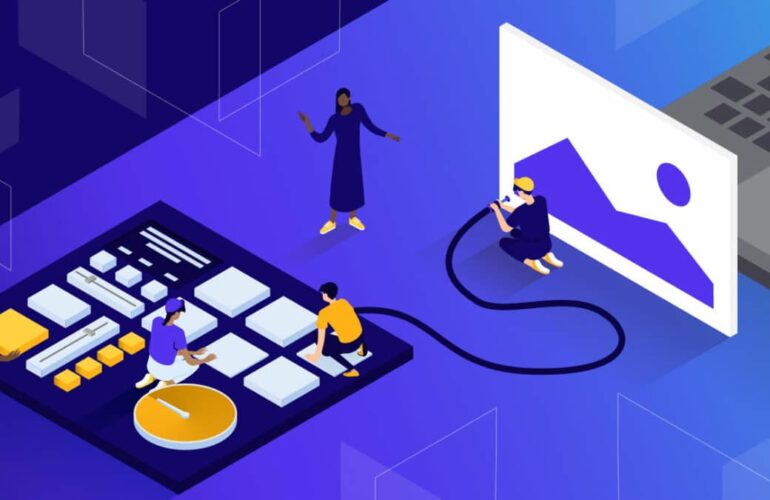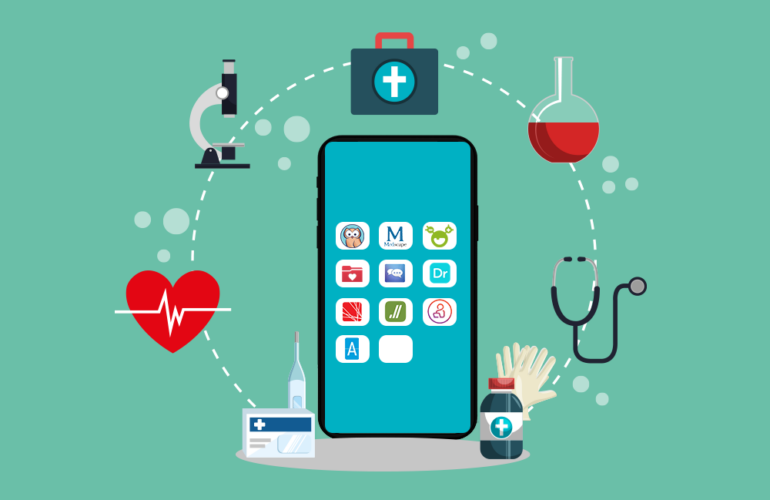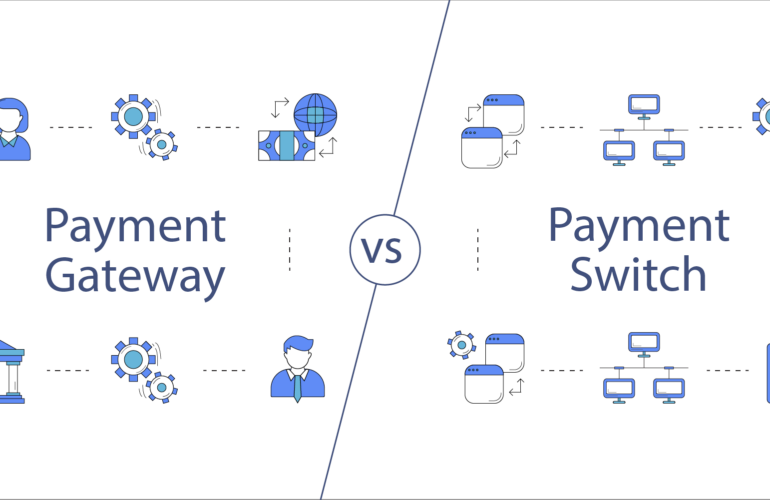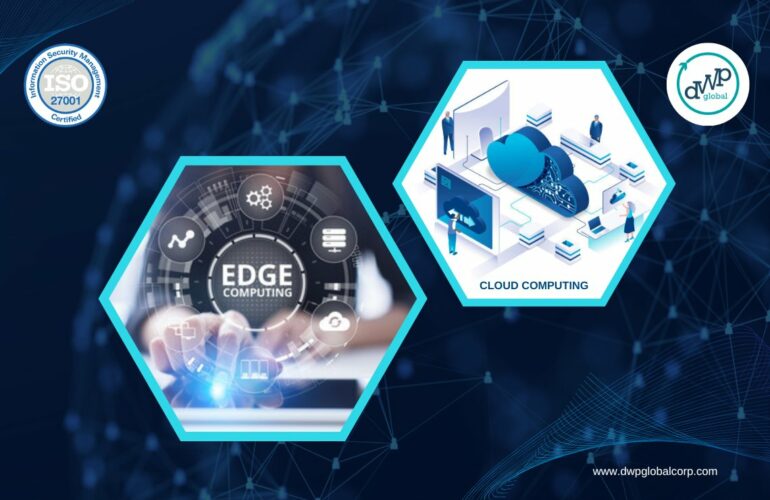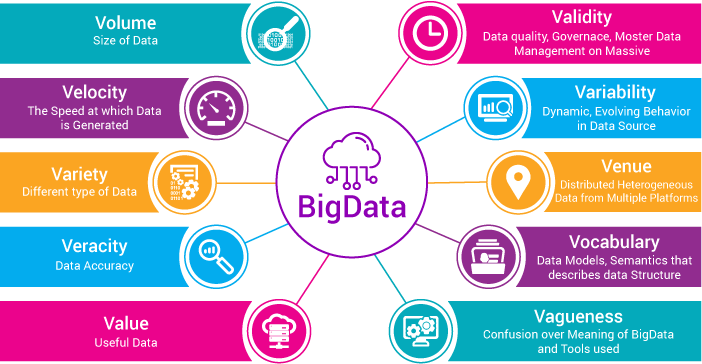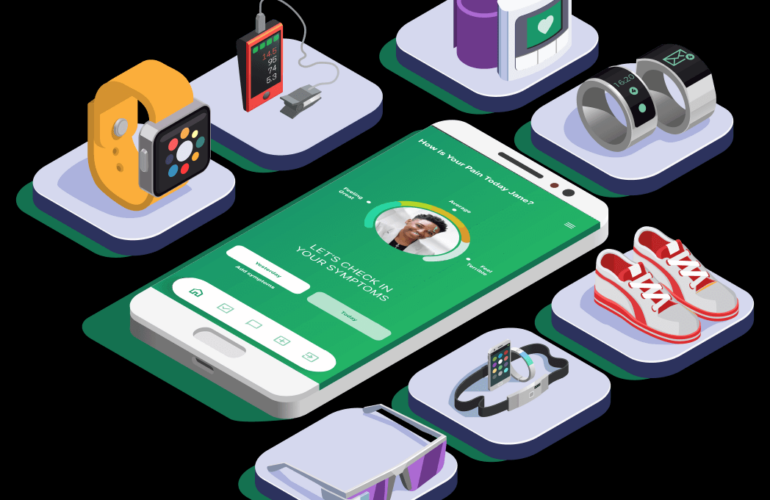Optimizing Content Delivery for Diverse Devices
Smart Content Delivery: Optimizing Websites for Different Diverse Devices Devices and Network Conditions.In the not-so-distant past, when the internet was in its infancy, the concept of optimizing websites for different Diverse Devices devices and network conditions was practically non-existent. Websites were designed for one-size-fits-all, expecting every user to have a desktop computer and a lightning-fast internet connection. Fast forward to today, and the digital landscape has transformed dramatically. We live in a world where countless devices and varying network conditions abound. To ensure a seamless online experience for all, the age of smart content delivery has dawned.
The Pervasiveness of Multidevice Browsing
Gone are the days when browsing the web was confined to bulky desktop computers. In this mobile-first era, smartphones, tablets, laptops, and even smartwatches have become integral parts of our daily lives. This proliferation of devices has paved the way for the concept of responsive web design. Responsive websites automatically adapt to different screen sizes and orientations, offering a consistent and enjoyable experience, no matter the device used. But, the challenge doesn’t end there. With diverse device types come varying capabilities and requirements.
Challenges and Solutions
Optimizing websites for different Diverse Devices is a complex undertaking. Here’s a closer look at the challenges and some innovative solutions:
Screen Size and Resolution: Ensuring content displays correctly across devices with various screen sizes and resolutions can be tricky. CSS media queries allow web designers to tailor the layout and design based on the viewing environment.
Touch vs. Click: Touchscreens have changed the way we interact with websites. Mobile-friendly navigation and touch-responsive design elements are crucial to cater to the tactile nature of mobile devices.
Performance: The need for speed is more pronounced than ever, as visitors can be on 4G, 5G, or a sluggish 3G connection. Content delivery networks (CDNs) and image optimization techniques like lazy loading help reduce load times.
Content Prioritization: On smaller screens, every piece of content must compete for limited real estate. Prioritizing content based on user behavior and importance is the key to delivering a meaningful experience.
Device Detection: Device detection tools can help identify a user’s device, enabling dynamic content delivery. This allows for tailored experiences and efficient resource usage.
Smart Content Delivery: A Beacon of Hope
To tackle these challenges, smart content delivery has emerged as the beacon of hope for web developers and businesses alike. It involves using intelligent algorithms and technologies to dynamically serve content that is best suited to the user’s device and network conditions. Let’s explore some of the technologies and strategies that make this possible:
Adaptive Web Design: Building on the principles of responsive design, adaptive web design takes things a step further. It tailors the user experience based not only on screen size but also on the specific features and capabilities of the device being used.
Progressive Web Apps (PWAs): PWAs offer a hybrid approach between websites and mobile apps. They provide offline capabilities and an app-like experience while being accessible from a web browser.
Accelerated Mobile Pages (AMP): AMP is an open-source project by Google that aims to create faster loading web pages for mobile users. It achieves this by stripping down unnecessary elements and optimizing content delivery.
Content Delivery Networks (CDNs): CDNs have evolved to provide dynamic content optimization. They use edge servers to deliver content closer to the user, reducing latency and improving load times.
Browser Device APIs: Modern browsers provide APIs that enable web applications to access device-specific features, such as the camera, geolocation, and sensors, enhancing the user experience.
The User-Centric Approach
Ultimately, the goal of smart content delivery is to put the user’s experience first. It’s about understanding that users may access your website from a vast array of devices, each with its own capabilities and limitations. By adopting a user-centric approach, businesses can not only improve their website’s performance but also enhance user engagement, satisfaction, and, ultimately, conversion rates.
The Future of Smart Content Delivery
As we move forward, smart content delivery will continue to evolve. Machine learning and AI will play a significant role in predicting user preferences and optimizing content delivery in real-time. Additionally, as more Diverse devices connect to the internet, from smart refrigerators to wearable tech, the need for seamless content delivery will become even more crucial.
In conclusion, the era of smart content delivery represents a remarkable shift in web development. It’s a response to the evolving digital landscape, where diversity in devices and network conditions is the new norm. By embracing these technologies and strategies, businesses and web developers can ensure that their websites are not only responsive but also intelligent, providing users with a flawless and delightful online experience, regardless of their chosen device or connectivity.

